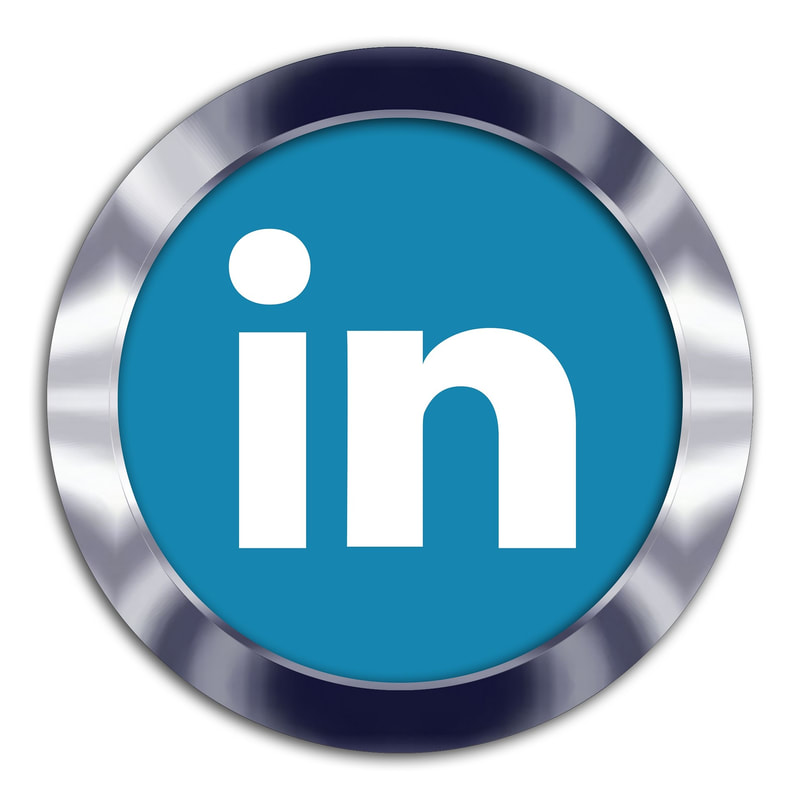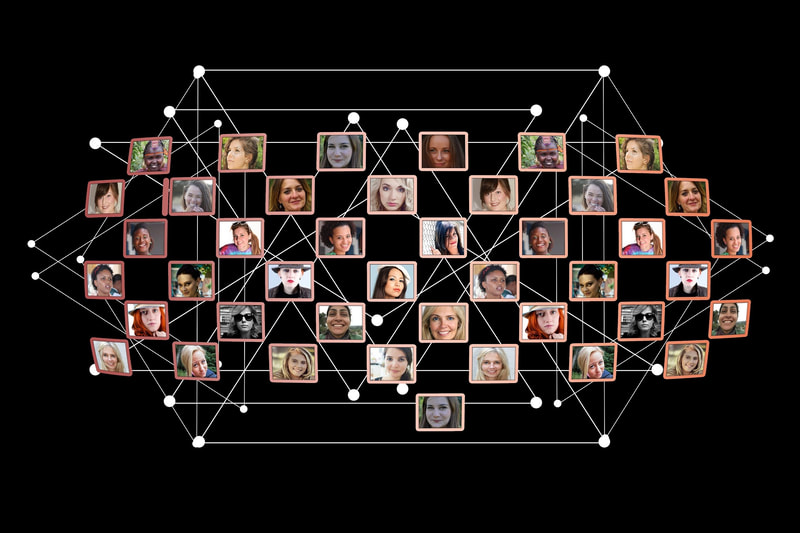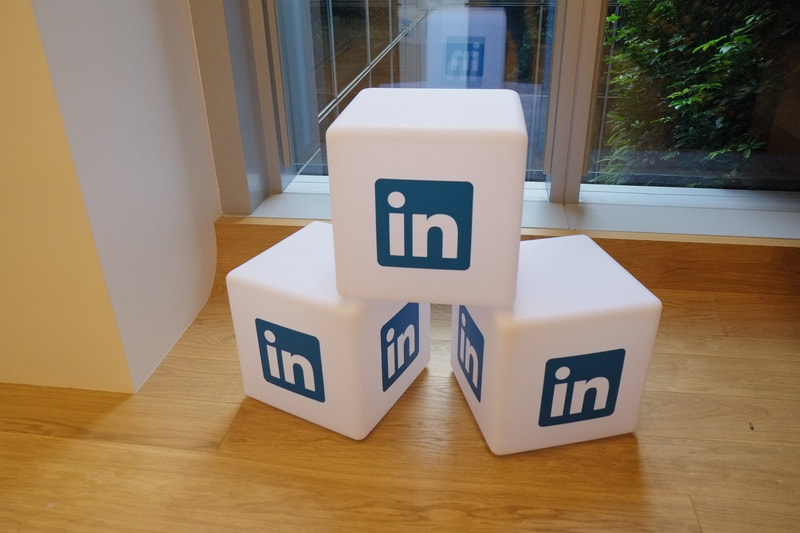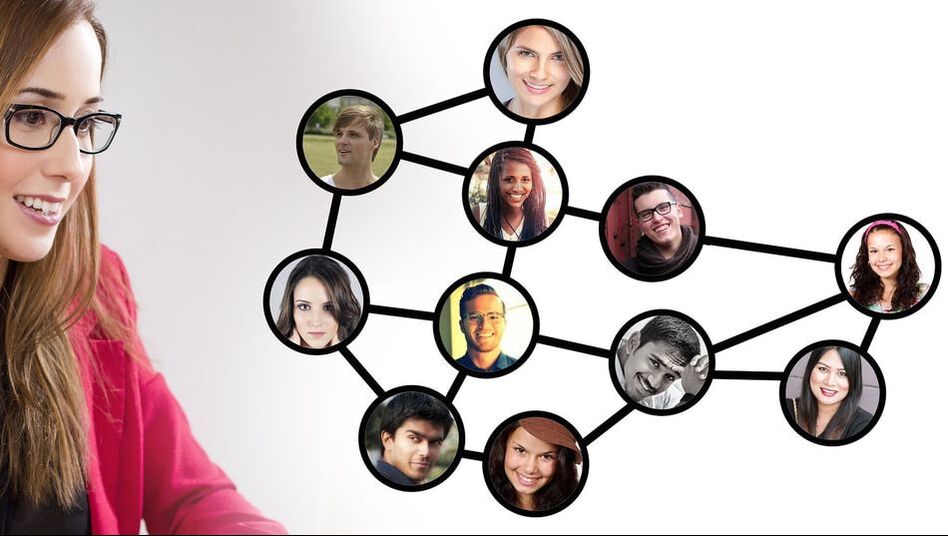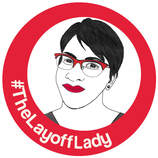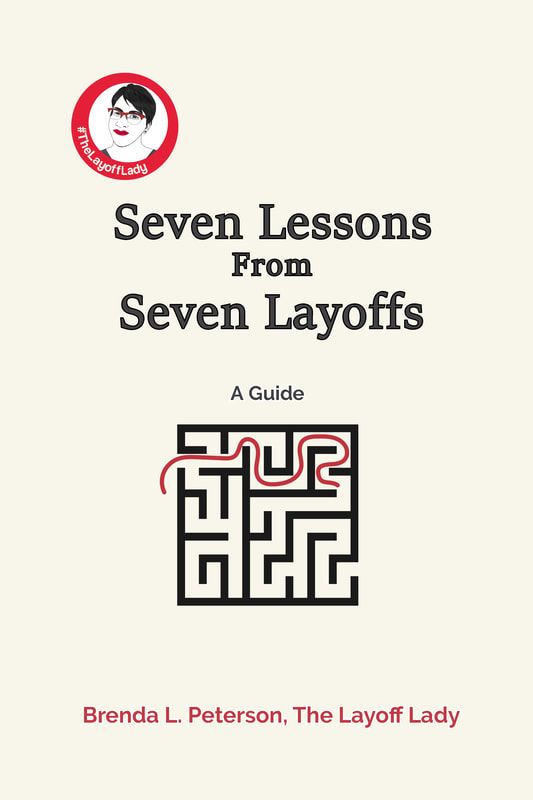|
By Brenda L. Peterson, The Layoff Lady Getting To Know Your LinkedIn ConnectionsConnecting with someone on LinkedIn is a great way to start a formalized relationship with someone in your professional network. While that is a great start, deepening those relationships is a helpful next step to get more value out of LinkedIn. Let's look at a few ways to do just that. Interacting with PostsInteracting with posts on LinkedIn is a great way to continue to build relationships with your connections and demonstrate your professional value. Not only is this a great way to build your credibility with many connections at the same time, it also gives you an opportunity to showcase your knowledge without having to choose the initial content for the post. You can also use your comments to interact with others and even use this as a starting point to invite other commenters to connect. Adding Your ReactionThe easiest way to interact is by adding a reaction to a post. With a click of a button, you can like a post or select from the other available responses. When you react to a post, your name will be listed on the post as well. This is an easy way to have people see your name and affiliate it with the content you liked. Adding your reaction also helps more people see the original post. Commenting on a PostAn even more valuable way to interact with a post is by commenting. Once you have connected with someone, reading and commenting on their posts is an excellent way to build on that relationship. This way, they are starting the conversation, and you are helping expand on that content by adding your ideas. In addition, you can comment on other people's comments and share additional value. You can thank the initial poster for sharing the idea, add your thoughts, share your experiences, and illustrate how you have used the concept in practice. Commenting on posts also gives you an inroad to connect with someone else who is also interacting with that post. Commenting is a great way to interact with others in your profession, build credibility, and make more meaningful connections. It also helps to achieve one of your LinkedIn goals of showcasing your knowledge and also sharing valuable information. RepostingIf someone posts something of value to your connections, you may want to comment on the post itself and then consider reposting it with your comments. When you repost content, first, you'll see anything you typed, then LinkedIn will include the entire original post. This helps the original post get additional views and also enables you to share useful content with your network. When I repost content, I usually include "Thanks [original poster] for sharing this information!" To include the original poster's name, include the @, then type the first part of their name, and choose their name from the options provided. (This is often called an "at mention." This will tag them in the post so they can interact with your new post, which will help boost the number of people who see the post. Sharing Your Own LinkedIn PostsSharing content on LinkedIn is a great way to engage with your connections, add value to your professional relationships, and promote who you are and what you know. Unfortunately, very few people ever post anything at all--which is a huge missed opportunity to differentiate yourself from others in your field. Another question that comes up is the frequency of posting. I recommend posting on LinkedIn no more than twice per day and posting one to four times per week. Use your favorite search engine for recommendations on the best times and days of the week to post to get the most views on your posts. As for content, you don't have to write a lengthy, original manifesto to post on LinkedIn and make an impact. Personally, most of the content I share on LinkedIn includes some version of the following:
Once you make a post, be sure to like any comments other people make on your post and even reply to each comment. The more likes and comments you receive on your post, the more people will see it. This will continue to build your professional brand and add value to the networking relationships you are fostering through LinkedIn. Learn More
0 Comments
By Brenda L. Peterson, The Layoff Lady Your Professional NetworkWhen I think about building my professional network, adding new LinkedIn connections is one of my markers of success. I use LinkedIn as a tool to create, build, and maintain my professional relationships. Turning People You've Met Into ConnectionsWhen I first started using LinkedIn, I connected with people I had met in person. At that time, my network mainly included the following people:
Creating New Professional ConnectionsWhen the pandemic hit, I realized I needed to shift my approach, or I would not meet anyone new. I also realized that since more companies were open to hiring remote people, I needed to broaden my network beyond the people I would encounter in person. In addition to the people I used to connect with, I now also started proactively sending connection requests to the following types of people:
Again, the more people I meet, and the more people I connect with who know about my professional value, the better I will be able to find a new role that meets my requirements more quickly. Opportune Times To ConnectI often connect with people when there are specific reasons to connect that are noteworthy, including the following:
Personalizing Connection RequestsIn the vast majority of cases, I personalize a connection request when I send it. When connecting with people I’ve met in person, I always remind them of where we met, include details about our meeting, share helpful information, and invite them to connect. Personalizing the request becomes even more critical if I send a connection request to someone I have not met before. I want to promote the possible value of that relationship. I include the following components when personalizing a connection request:
Here are a few examples of what I might include as a personal note in my personalized connection requests.
Learn More
by Brenda L. Peterson, The Layoff Lady A Harsh Truth About Job SearchingJob searching is hard. One of the things that makes it particularly challenging is that you can't actually control when you will get a new job. The whole process takes as long as it takes. To make all of that waiting bearable, it's helpful to focus on the aspects of your job search you can control. Measuring SuccessMy "day job" is working in the field of learning and development. One of my goals is to make sure that the performance support initiatives I'm designing (a class, a handout, a video) actually help solve a problem in a way that can be quantified. There are two kinds of indicators to help measure success: leading indicators and lagging indicators. Lagging indicators are what we all typically want to focus on. If I'm delivering a training session for salespeople on how they can sell a given product, the lagging indicator after training would be that they sold more of the product than they did before training and that more people spent more money on that given product--ideally being able to state who did what using dollar amount or percentage of improvement. One trick is that I can’t control how salespeople use the information presented in training or that individuals want or need to purchase the product. They are also lagging indicators because those results take a bit to show up. However, this is what success is supposed to look like. Leading indicators are where it's more helpful to focus. These are the easily measurable, countable, check-off-able items that are predominantly within your control. For this example, my leading indicators of success would be that we held a training session, having a list of who attended the training session, how they performed on an assessment based on the content covered, and that they received a job aid that contained talking points on the content covered. I can control all of these things. Of course, these leading indicators don't necessarily guarantee I'll achieve my lagging indicators. Still, they show that I'm going in the right direction and help position those salespeople to achieve the sales numbers we hope to see. Job Search: Lagging IndicatorsWithin the context of my job search, here are the tangible markers of success that I want to see:
All of these are lagging indicators. They are awesome because when they happen, they are definitive, and you know you have made legitimate progress toward getting a job. The trick is that many of these things happening at all--and what the timing might look like--is out of your control. Ways to Achieve the Bigger GoalWhile I can't directly make those lagging indicators happen, I can focus on strategies to position myself for more success in those areas, including the following:
Job Search: Leading Indicators.Now, to turn those squishier ideas into leading indicators (which are specific, countable, check-off-able things I can put on a to-do list), here are items I can actually do in a given week:
Having this list of tangible actions to take keeps me on track to achieve my goal of starting a new job. Keep On Doing The Right ThingsSome weeks, you do a lot of waiting, which makes you feel like you are terrible at everything and will never work again. Other weeks, people seem to be falling all over themselves to talk with you about yet another amazing job opportunity. During those weeks, you feel like this is all easy and you can do no wrong. During those slow weeks, it's helpful to remember to keep on doing those right things. Fine-tune as needed and know that your best strategy is to keep on keeping on. Put in the work, then trust the process. Learn MoreBy Brenda L. Peterson, The Layoff Lady The Value of Professional NetworkingWhen it comes to job searching, professional networking is a critical component of success. Ideally, you make initial connections with people through LinkedIn (maybe even after meeting them in person or at an online group event). While this is a great start, there is value in building relationships beyond that initial connection. A 1:1 meeting can significantly strengthen a networking relationship and help you learn how you and your new connection can help one another succeed. About 1:1 Networking MeetingsSo what exactly is a networking meeting? Back in the day, I remember hearing people talk about doing "informational interviews." In short, if you were interested in having a particular job or working with a specific company, you would contact an organization or individual and ask if they would meet you for an informational interview. In this 1:1 meeting, which could take place via phone or in person, you might learn about the company, what they are looking for, skills to acquire, and more. It also allowed you to start to build a relationship with a company--or a possible advocate in the person doling out said information. Fast forward to now. Today, a networking meeting is typically between you and another person deciding to spend a half hour-ish together. This meeting, sometimes called a coffee chat, could happen virtually via Zoom or in person, often over coffee. If you're job searching, the typical focus will be on how to progress in your job search. Someone may agree to a networking meeting because you have things in common (like a field of work, background, professional goals), because they are generally committed to helping people when they are job searching, or because you have a mutual acquaintance to ask that person to meet with you to help you out. Networking Meeting = Informal InterviewWhenever you have an opportunity to meet one-on-one with someone, remember that you are taking part in a type of informal interview. Whenever I meet with someone in career transition, my goal is to help them figure out their next steps, offer advice (if they ask and are interested), and give them ideas on further steps they might take, including who they should speak with next While I go in with this idea, the amount of help I'll provide also depends on how this networking meeting goes. Ideally, we have a good, productive conversation, and I think to myself, "I totally want to help this person more." If the meeting goes well, I'll refer them to specific resources that might benefit them (like a networking group they might want to join, a company to check out, someone to follow on LinkedIn) and even put in a good word for them to have a networking meeting with someone else who might get them closer to their goals. In addition, if it goes REALLY well, this is a person who I'll refer to others for openings, pass on job opportunities, and maybe even hire someday. If the meeting doesn't go well, I'll share a few resources, but I may not be willing to help them as actively moving forward. Remember, any interaction you have with people will impact their desire to help you in the future. Types of Networking MeetingsHere are a few common types of networking meetings:
Networking Meeting Best PracticesHere are a few best practices for networking meetings:
The True Power of Networking MeetingsWhen people talk about how they "networked" into a new job, typically, that means they leveraged their initial connections to help make inroads with new contacts, who helped them get closer to a new position. The holy grail of networking meetings is when the person you meet with agrees to introduce you to someone else they know who could help you. That process repeats until you're talking to a hiring manager or influencer who can help you get an interview for a job. Having good networking meetings is a critical step in that process. Learn Moreby Brenda L. Peterson, The Layoff Lady Network Building in the BeforetimesPre-pandemic, "networking" typically meant attending in-person events, shaking a few hands, and having a somewhat meaningful conversation with another human. While in-person opportunities are available again, it's still a good practice to continue to build your network when interacting with people online. Enter the WebinarLike many people, I have attended (and delivered) approximately a bijillion online meetings, trainings, and interactive instructor-led sessions. I've been approaching these sessions with a mind towards not just attending, but also making new connections. Although the process differs from in-person interaction with people, I have managed to connect with more people (and often form more meaningful connections) than attending in-person meetings and “working the room.” As someone who runs introverted and communicates effectively in writing, this was an opportunity to turn webinars into a bonus network building exercise. Your Personal Webinar BrandingWhen attending a webinar, I make sure that people are able to see who I am, my full name, and a picture if at all possible. I use the same photo I use on LinkedIn so that people associate me with that picture. I also make sure that my first and last name are present so people have a chance of being able to find me after the session--or will recognize my name. In addition, during the webinar, I interact during the session. This usually involves commenting in the chat when prompted--which is also an opportunity for other attendees to see my full name. During any small group interactions, I'm sure to turn my camera on so people can see my face, hear my voice, and see my name. If the presenter asks people to share out loud, I usually turn on my camera, and share my thoughts. Again, this is another opportunity for people to hear my voice, see my face, and see my name. Each of these "impressions" helps people start to get to know me at least a little bit. Finding Potential ConnectionsDuring the a webinar, I often take a screen shot of the participant list, and a gallery of attendees if people are on camera. Whenever possible, download the chat from the session. This helps me identify who was active in the webinar and gives me additional information on anything they might have shared during the session. I often make notes on notecards during sessions to help me remember who might have said what and key content covered. All of these details can help me when interacting with attendees later on when I send LinkedIn connection requests. Researching Potential ConnectionsAfter attending a webinar, here is my process for adding new LinkedIn connections:
Personalizing a Connection RequestPersonalizing connection requests is a great way to start building a relationship with a new professional contact. Here are the key components I include:
Connection Request ExamplesHere are a few examples of messages that you can use to invite people to connect. Currently, LinkedIn allows you to include up to 300 characters when personalizing connection requests. Hi, Jen. I see we both attended today’s White Box Club meeting. I’m also in career transition and seeking a new role in learning and development. Let's connect! I'm also always up for a 30-minute "virtual coffee" meeting to discuss how we can help one another as we job search. --Brenda Hi, Jack. Great to interact with you a bit at this morning's Excellence Share. I love sharing ideas with fellow L&D professionals. Let's connect! --Brenda Hi, Javier. I see we both attended today's "Sales Enablement Best Practices" webinar. I definitely enjoy learning from this group. Since you mentioned that you are job searching, be sure to check out The White Box Club on Meetup to help you as you find your next role. Let's connect! --Brenda After The Initial ConnectionHow do you further nurture that relationship? Here are a few ideas.
Continue to Build The RelationshipAfter connecting with people initially, be sure to continue to nurture those connections. Posting useful content, and occasionally messaging people is one way to do that. Ideally, you can add value to the relationship before you are in a position where you need to ask those individuals for help. Learn More |
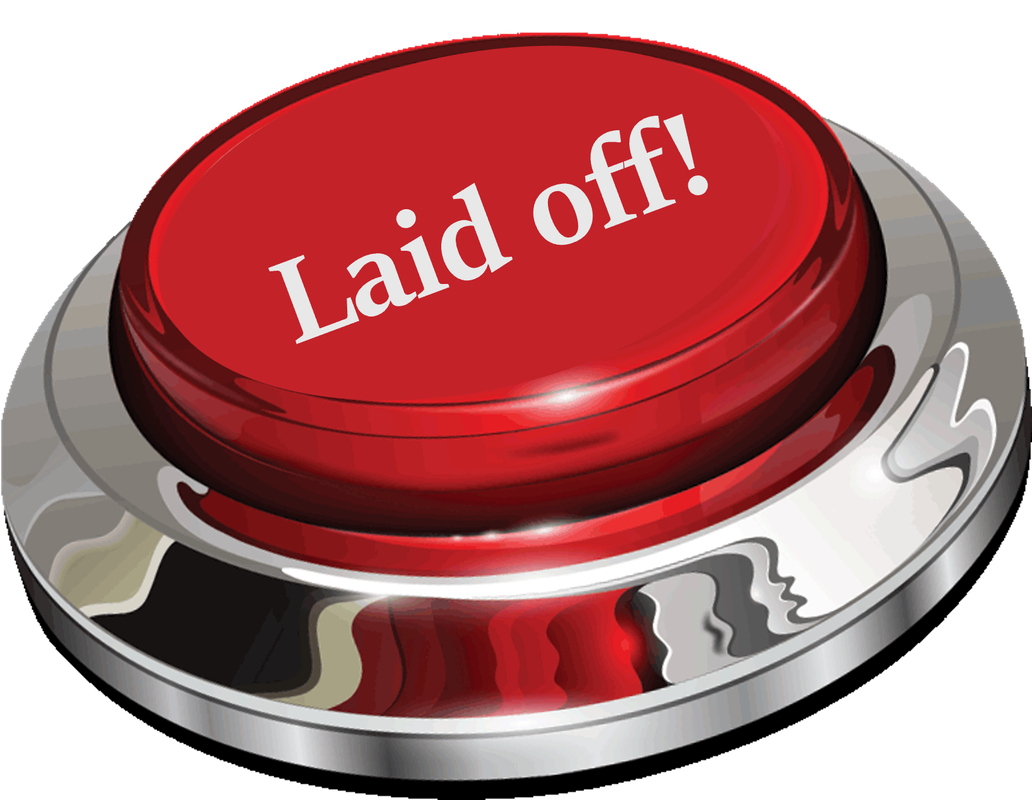
Just get laid off?
Click here for info on what to do first. Author7-time layoff survivor Brenda L. Peterson, The Layoff Lady, waxes poetic on layoffs, job transitions, & career resilience. Buy The Book!Were you recently laid off from your job and need a roadmap for what's next? Pick up a copy of my book, Seven Lessons From Seven Layoffs: A Guide!
Categories
All
Archives
April 2024
|


